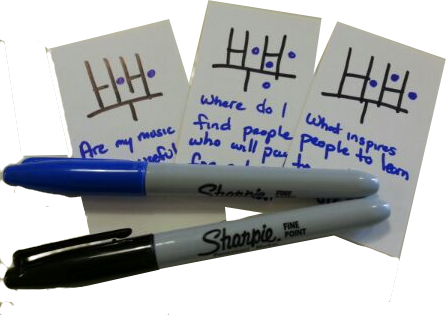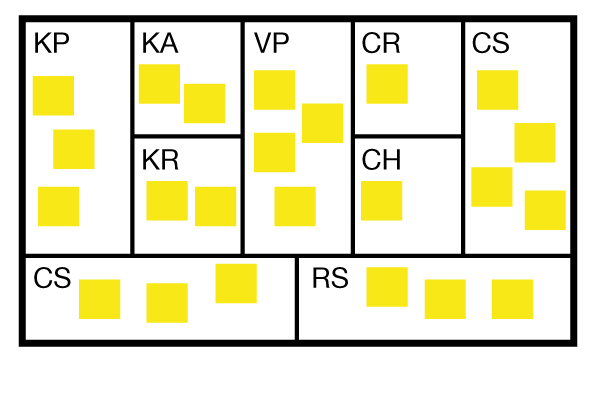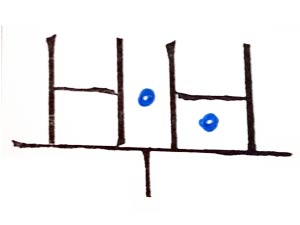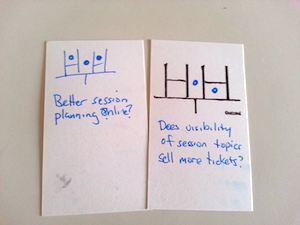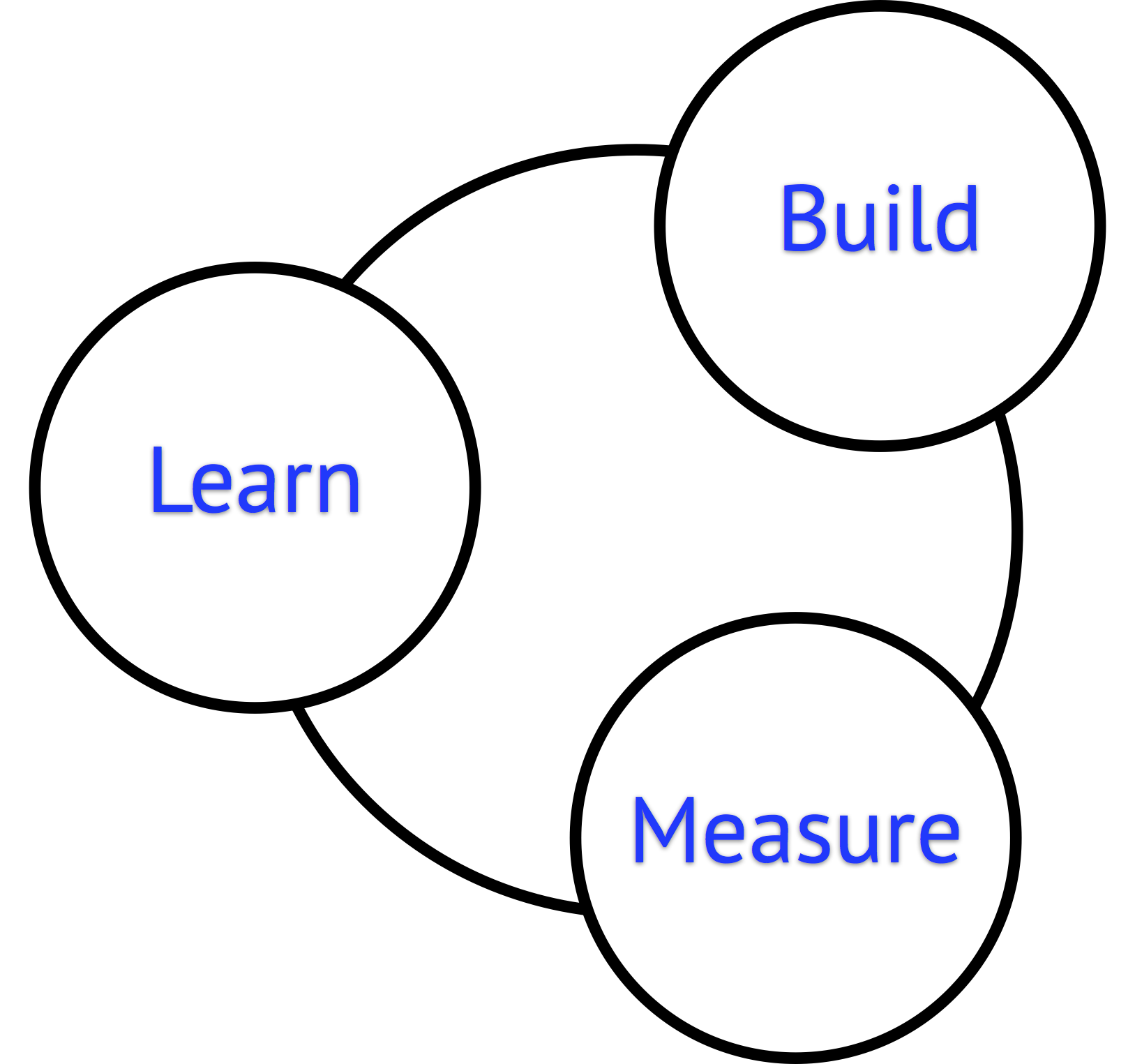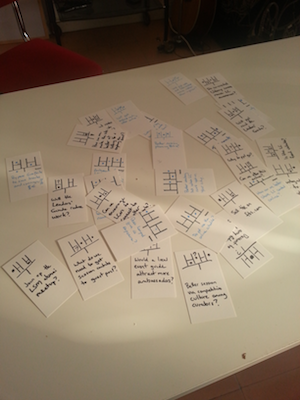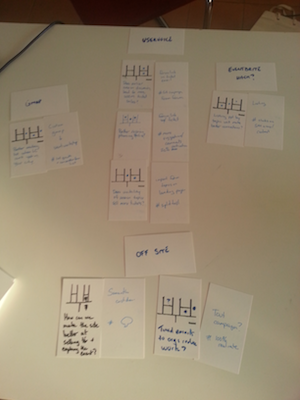Startup are high-pressure boilers.
Perfect for taking decision-making to the next level.
Startups, especially those in accelerators, get hundreds of new opportunities per week, from mentors, investors and the accelerator's network.
Time scales are massively compressed. Teams must take their idea to market traction, to product, to investable company – all in 90 days. Often the first 2-3 weeks involve 200+ mentor conversations, covering over a thousand strategic possibilities.
We developed Option Cards working with a dozen accerators, equipping startups to:
- record their options easily and thoroughly,
- articulate and test their assumptions, and
- make informed decisions about which options to pursue.
Option Cards are a lightweight tool for startups to balance focus and opportunities.
And all you need are blank cards, a pen, and a basic understanding of the Business Model Canvas!
